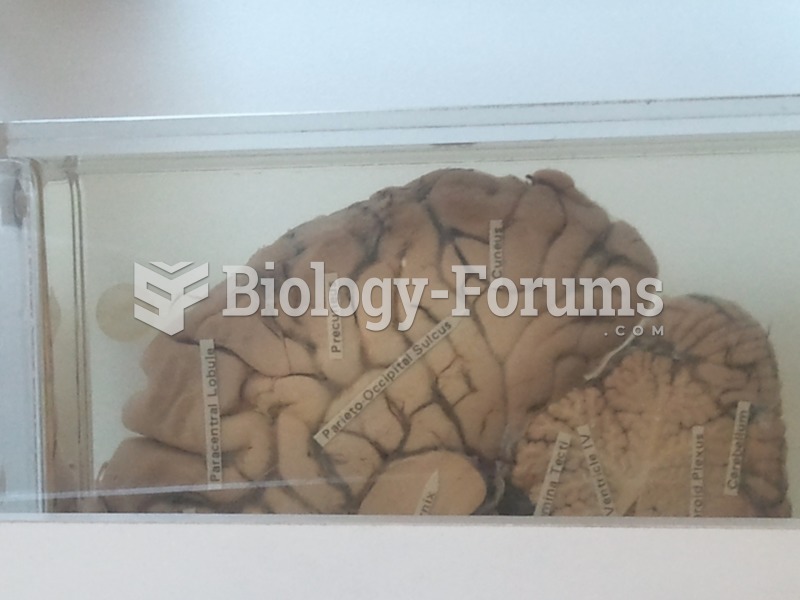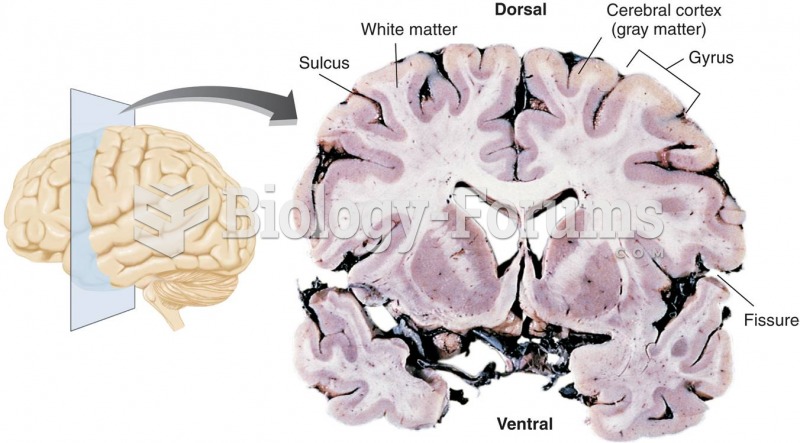|
|
|
Did you know?
Side effects from substance abuse include nausea, dehydration, reduced productivitiy, and dependence. Though these effects usually worsen over time, the constant need for the substance often overcomes rational thinking.
Did you know?
It is difficult to obtain enough calcium without consuming milk or other dairy foods.
Did you know?
Recent studies have shown that the number of medication errors increases in relation to the number of orders that are verified per pharmacist, per work shift.
Did you know?
More than 4.4billion prescriptions were dispensed within the United States in 2016.
Did you know?
The ratio of hydrogen atoms to oxygen in water (H2O) is 2:1.







